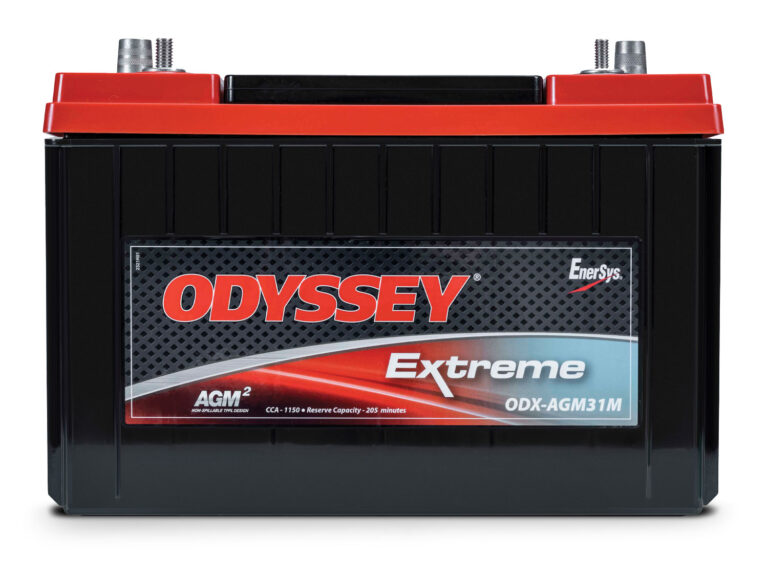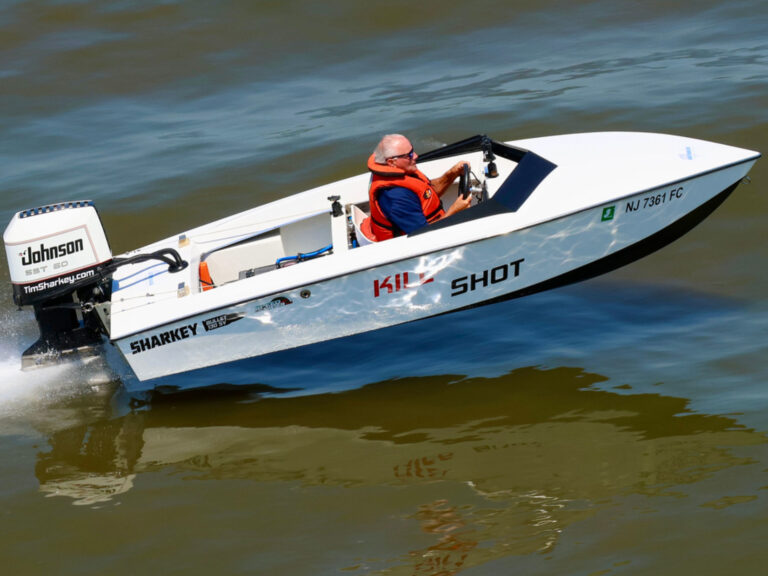The songs on our playlists are just a small fraction of the tunes we like to play while out on the water. Hopefully, you find some new favorites, and if you have suggestions for us and your fellow boaters, please leave them in the comments section below.
Editors Note This song list was generated as a result of a marine stereo speaker test we conducted. We then asked that boaters on our social streams add their own songs. You responded and this new subhead lists your selections as of September 2015.
Boater’s Choice Playlist
Chris Janson; Buy Me A Boat
AdvertisementJimmy Buffet; Son of A Sailor
Craig Morgan; Redneck Yacht Club
Hues Corporation; Rock The Boat
AdvertisementZac Brown; Toes
Garth Brooks; The River
Pontoon; Little Big Town
AdvertisementVan Halen; Where Have All The Good Times Gone
John Reno; Big OL Johnson
Kenny Chesney; Flora-Bama Saturday Night
AdvertisementPrimus; Fish On
Iron Maiden; Rime of the Ancient Mariner
There Be Pirates; Derelict
Bruce Springsteen; Seaside Bar Song
15.Billy Joel; The Downeaster Alexa
BONUS! FREE!! Spongebob Squarepants Theme Song!
Best Boating Songs
Randy’s Test Playlist: My Favorite 11 Boating Songs (Because I Couldn’t Decide…)
1. Master and Commander: “The Battle”/Best played when hooked up
2. Pirates of the Caribbean: Theme song/Best played when leaving port
3. Gilligan’s Island: Theme song/Best played when returning to port
4. Lyle Lovett: “If I Had a Boat”/Best played when anchored at sunset
5. Jimmy Buffett: “Changes in Latitudes”/Best played embarking on a long cruise
6. Little Big Town: “Pontoon”/Best played when that’s what you have
7. Kid Rock: “All Summer Long”/Best played when feeling frisky
8. Alan Jackson: “Drive (For Daddy Gene)”/Best played when teaching your kids to captain
9. The Lonely Island: “I’m on a Boat”/Best played to clear an anchorage
10. Kenny Chesney: “Boats”/Best played immediately after paying fuel bill
11. Bob Seger: “Roll Me Away”/Best played when you need to get out of town
Boating‘s Playlist:
1. Crosby, Stills, Nash and Young: “Southern Cross”/Best played running across ocean swells
2. The Band: “Up on Cripple Creek”/Best played gunkholing
3. Bachman-Turner Overdrive: “Takin’ Care of Business”/Best played waxing your boat
4. The Beatles: “Let It Be”/Best played headed back to the dock after a weekend afloat
5. Don McLean: “American Pie”/Best played while part of a large raft-up; induces spontaneous sing-alongs
6. Eric Clapton: “Malted Milk” (acoustic)/Best played after a fish breaks the line
7. Grateful Dead: “Box of Rain”/Best played aboard a friend’s wet-riding boat
8. J.S Bach: “Gigue”/Best played working on something hard to reach in the bilge
9. The Outlaws: “Green Grass and High Tides” (live)/Best played heading to your boat on Friday afternoon
10. The Dubliners: “The Foggy Dew”/Best played running downsea on a blustery day
11. The Beatles: “Here Comes the Sun”/Best played once a day
12. Billy Joel: “The Downeaster ‘Alexa'”/Best played heading for haul-out at season’s end
13. Led Zeppelin: “The Ocean”/Best played after calling in sick to go boating midweek
For the complete results from our marine speakers test, click here.
What You Don’t Need to Know
A bunch of facts designed to ramp-up your stereo speaker savvy!
Frequency response (±X.X dB)
This most important speaker spec reveals how natural the speaker sounds. For flush-mount marine speakers, something in the ±6 decibels (dB) range is pretty good. If the manufacturer specifies only a frequency range without a plus/minus dB figure, the rating isn’t very useful.
Sensitivity (SPL @ 1 watt/1 meter)
This tells how much sound pressure you’ll get from a speaker with 1 watt of power. Every additional +3 dB of sound requires double the power, i.e., a speaker rated at 88 dB/1 watt requires 2 watts for 91 dB, 4 watts for 94 dB, 16 watts for 100 dB, and so on. Most people consider 100 dB quite loud.
Impedance
This tells how much load the speaker puts on the amp, and also how much power you’ll be able to pull from it. The lower the number, the more power you’ll get from your amp — but if you go too low, you’ll tax the amp too much. Marine speakers should be in the 4-ohm range.
Resonant Frequency/Bass Extension
There are technical differences between these two ratings, but they’ll give you a general idea of the lowest frequency you’ll get from the speaker. The lower the number, the deeper the bass you’ll get. With flush-mount speakers, the size of the space behind the speaker will have a big effect on bass extension. Generally, the bigger the space behind the speaker, the deeper the bass you’ll get.
Recommended RMS Power
Ignore this number. It’s rarely the result of technical evaluation. Usually it’s just a mix of the engineer’s gut feel and the marketing guy’s need to show a certain spec. Paradoxically, sometimes a less-powerful amp is more dangerous to your speaker because the less-powerful amp will probably distort more, and distortion tends to damage speakers.
Maximum Power
Another number you can largely ignore. While there are legit ways to test this, it usually has more to do with marketing than anything else. (Notice it’s almost always a nice, round number?) It would be great to know if a speaker can tolerate blasting at 105 dB for hours, but a vague maximum power spec will never tell you that.
Installation Notes
There is more to a good speaker system than the way it sounds, and we also took note of ease of installation, included hardware and templates.
Clarion CMD8 Play Head
This stereo head’s cutting template was the best we experienced. It was a clear sticker that adhered to the panel, giving crisp cutting lines and drill points. As good as that was, “driving” a jigsaw from drilled corner hole to corner hole isn’t as easy as it looks, and we had to do a little filing and grinding to get the fit perfect.
Clarion XC6610 Amplifier
The compact footprint of this amp was welcome in the GT 150, but it was designed for a flat mount. Not so lucky in this boat, but the factory reps said it would still cool adequately in a vertical orientation. Trim panels attached with Allen screws give access to the mounting-screw holes and¬ then can be replaced for a handsome, sleek look.
Clarion Subwoofer
“Why pre-drill only four holes on the mounting flange?” we asked ourselves. The screws go through the grille and speaker to fasten it to the mounting surface. We think Clarion should have drilled four more holes through the subwoofer’s aluminum flange to mount the speaker and then used the four screws through the grille and flange.
Fusion Speakers
In both the speakers and subwoofers, the grilles used a twist-lock mechanism after the speaker was screwed in place. Very handy.
Jensen Speakers
They included both white and silver grilles.
Sony Speakers
Screw caps were included with the speaker grilles to cover the screw heads and beautify the installation.
Cutting Templates
Sony’s speaker templates were perforated into the box, giving the best stencil guide. Cutting paper templates, then tracing, and then cutting leaves too much room for error.
Subwoofer Connections
Only Fusion used spade connectors on the subwoofers. Jensen, Clarion and Sony use screw-clamp fixtures for a more positive connection.









